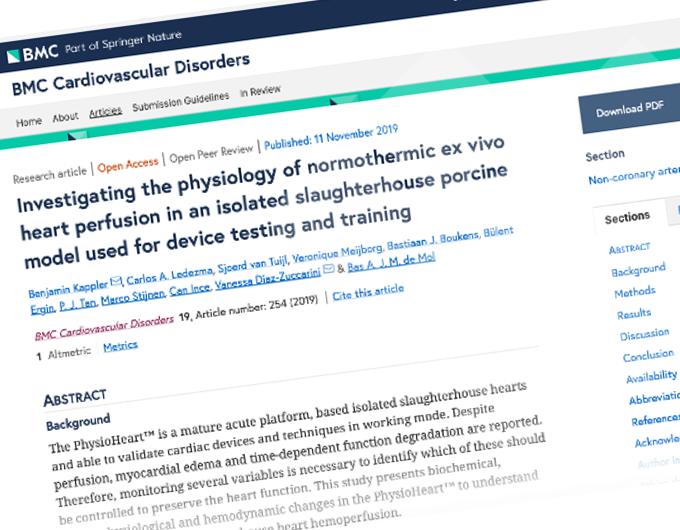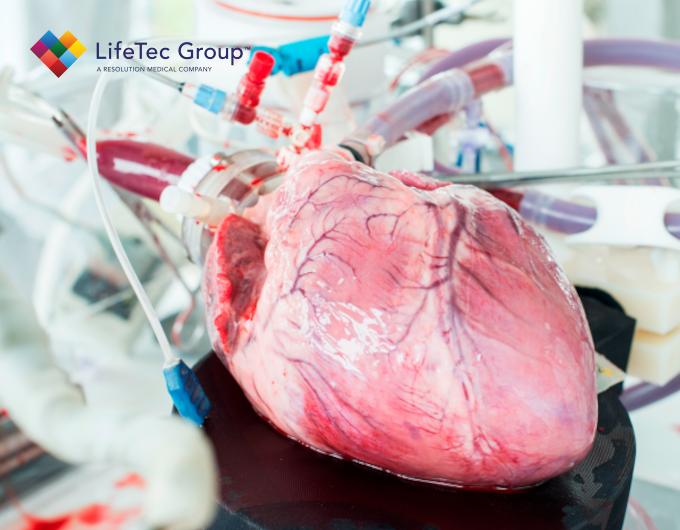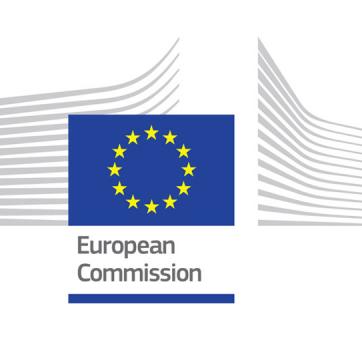Paper
"Investigating the physiology of normothermic ex vivo heart perfusion in an isolated slaughterhouse porcine model used for device testing and training"
LifeTec Group is always looking to improve its current platforms, so they are even more close to life-like.
In this case, we report on a study into the physiology of our PhysioHeart™ platform that was conducted to identify ideas to further improve our beating heart model.

The quest:
The PhysioHeart™ is a mature acute platform that has proven its value in assessing performance and feasibility of cardiovascular devices and therapies, based isolated slaughterhouse hearts.
The platform exists only of an isolated heart connected to a blood perfusion system, where the heart performs well for several hours after being revived. However, other organ functions are not incorporated in the platform and as a result nutrients will deplete and waste products build up over time, causing the heart to start failing as time goes on.
The study reported in this paper demonstrates which physiological parameters are going out of bounds and help us understand what we will need to focus on so that we can keep the isolated hearts in a better condition for a longer timespan.

The study:
A series of porcine hearts were harvested in the slaughterhouse and subsequently revived in our lab. In order to assess the physiological condition of these hearts, hemodynamic performance was monitored along with a range of blood and tissue parameters such as metabolites, electrolytes, blood and tissue damage markers, etc. Also electrophysiological measurements were included, using electrode grids on the outer surface of the ventricles of the heart.
The condition of the hearts was monitored over several hours, allowing us to follow the changes as they happen over time.
What can we conclude:
The PhysioHeart™ is an acute model, suitable for cardiac device and therapy assessment, which can precede conventional animal studies.
First of all, we observed that tissue damage sometimes already occurs prior to reviving the hearts. This leads us to investigate other means of harvesting the heart, and review the transportation protocols.
Once revived, we observe that the ex-vivo slaughterhouse hearts resemble cardiac physiology of deteriorating hearts in a multi-organ failure situation Due to the absence of other organs, that would of course make sense. This finding means that we will explore blood treatments that allow us to replenish nutrients, dispose of toxifying waste products and keep ion concentrations balanced for a better long-term performance of the hearts. Furthermore, we concluded that the deterioration of cardiac performance can be seen on electrophysiological measurements much earlier than in blood values or cardiac performance, and if we can find ways of interpreting these electrical signals we may be able to intervene before the hearts would start to fail.
Keywords
Biomarkers | Ex vivo | Normothermic perfusion | Cardiac physiology | Cardiac electrophysiology
Direct link to publisher:
- BMC Part of Springer Nature [link] -
This project has received financial funding from the European Union’s Horizon 2020 research and innovation programme under the Marie Sklodowska Curie grant agreement No 642612.
Bastiaan J. Boukens received financial funding from the Dutch Heart Foundation (2016 T047).
- ACKNOWLEDGMENTS
Horizon 2020

Interested in more about what we do at LifeTec Group? Contact us!
Call at +31 40 2989393 Or e-mail us
